When you sit down to do a digital audit, it’s helpful to have your marketing communications goals and objectives in hand so you can see if your digital properties are laddering up in some ways to your farm or business’ overall goals.
To me, your website is always your digital home on the web (don’t trust social networks like Facebook or Twitter to keep your “home” intact – glitches can completely remove your presence) and is probably the best place to drive your target audience if you want them to take a specific action – in other words, your CALL TO ACTION. What’s your CALL TO ACTION?

While a digital audit can help you see what is going on with your digital properties, you need to make sure that your CALL TO ACTION is easy to see and act upon for your target audience.
You need to be clear on your CALL TO ACTION on all your digital properties. This is done visually as you look at your properties whether it be a website, blog, facebook page, or youtube channel.
The web is very fluid and you need to be ready to change what you have.
Always be thinking of building with the future in mind – what is hot right now with Google is Social, Local and Mobile (SO-LO-MO).
In the future according to the experts, instead of the battle over what’s in your hand and in front of your face (computer vs. mobile phone vs. tablet), it will be your voice and what’s in your vision (think Google Glass and screens that respond to voice and motion).
But what you need to worry about now is your digital footprint (digital footprint is the results people get when they search for your farm/business/name in Google or on the social networks) and how your digital properties are performing.
Let’s start the digital audit:
First, you need to pull together a list of all your digital properties.
Do all the ones you know and then make sure you do a search through Google with your keywords and names to make sure nothing else pops up. You might find things you didn’t know about or that someone else might have created for your farm or business. And it’s always good to have searches running on your farm or business with talkwalker.com alerts (free service).
Once you have that in place, we’ll begin was analyzing your websites and blogs.
Google Analytics
You should have some sort of analytics on your websites. I recommend google analytics. If you are using Urchin, you need to switch over. Your web person should know how to put google analytics on your website or you can do it if you can access to the code – depending on the blog system they should have a plug-in for this.
I have three training classes (posts) on Google Analytics:
How Should You Set Up Your Google Analytics Dashboard for Your Farm or Business
I’m not going to go into the details here but you should have a sense of your traffic, time on site and bounce rates.
The overview can help you here but be aware it’s really not the whole story. What you are looking for here right now is trends.
Are people using our CALL TO ACTION?
Are we going up or down in visits?
How about time on site?
Where are people leaving the website?
Google Webmaster Tools
You need to have your web person set you up with Google Webmaster Tools – this will help show you things like Search Queries (Google Analytics won’t show this anymore if people are logged into Google when looking at your website), Crawl Errors, how many inbound links to your website and how to optimized your website.
The information you really need here is do I have any errors, what are my search queries keywords and how many inbound links do I have?
Also, who is linking to me?
You should benchmark this number and then try and grow it in the future. The more inbound links you have the better you are – but just stay away from black hat link building techniques (don’t buy them and don’t submit to useless directories).
It will also show you where you are ranking on Google search engine research pages for keywords – it other words, how are you showing up?
Xenu
Xenu’s Link Sleuth checks Web sites for broken links.
Link verification is done on “normal” links, images, frames, plug-ins, backgrounds, local image maps, style sheets, scripts and java applets. It displays a continuously updated list of URLs which you can sort by different criteria. A report can be produced at any time.
Probably one of the best tools out there for link checking and it’s free!
Open Site Explorer
I use Open Site Explorer to help benchmark the performance of the website.
Copy the metrics on domain authority, page authority, linking root domains, etc…
Much like Google Webmaster tools this will help with showcasing who is linking to you but it will give more information on the sites that are linking to you.
The stronger those sites are, the more power they transfer to your website.
MajesticSEO
MajesticSEO will give you a lot of great information as well much like Opensiteexplorer but you’ll have to login.
Marketing Grader
This is Hubspot’s free marketing grading system and it will give you insights into how the website is performing (0-100 is the grading scale).
The information they provide is pretty self-explanatory.
While they provide some nice insights, be aware they are trying to sell you a product and will probably reach out to you when you use the tool. I do think that Hubspot is awesome but I don’t know how much help they would be for you right now.
SEO Audits are great things
Here’s a great article on how to do this yourself from Philip Petrescu, CEO and Co-Founder of Caphyon, How To Perform a Complete SEO Audit for your website.
This is a very thorough article and I love all the insights and how to fix ideas he has. Definitely worth checking out.
Speed of your Website
The speed of your website is very important to users and Google. The search engine could downgrade your website if it is not running at a fast enough pace or if a script is slowing it down.
Use the Google Developer Speed tool to benchmark your website. It will also give you a Performance Grade, Load Time and Page Size.
Mobile Friendly
Google is not happy with multiple website for mobile and would rather you just have one to meet the needs of mobile users. That’s why going responsive in a redesign is a great idea.
But you need to see how users are seeing your website on their mobile phone so I suggest using Hubspot’s Mobile Device Lab so you can see how your website will render on different devices. Not everything is represented here.
If it’s hard to navigate, it could cause people to leave the website without doing anything (bounce) and hurt your rankings.
There are probably a bunch of things I’ve missed in the audit (you know like checking different browsers, etc…) so feel free to hit me up with this information. I’ll add it in if it’s valuable.
Next post will chat about digital audits on your social media presence.
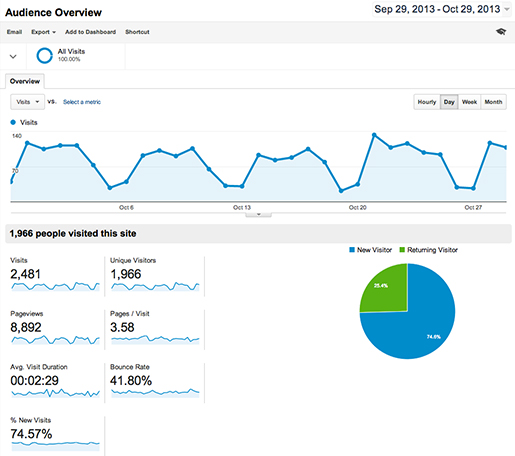
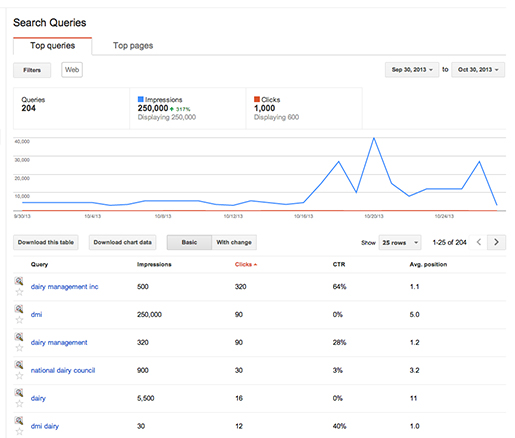
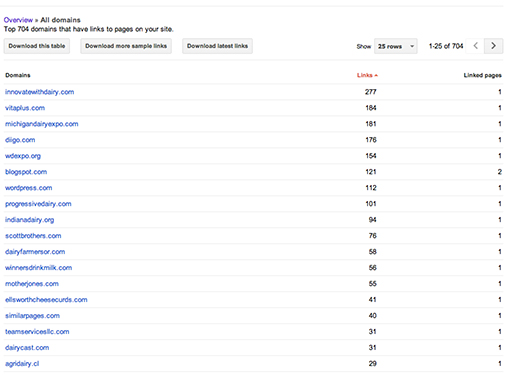
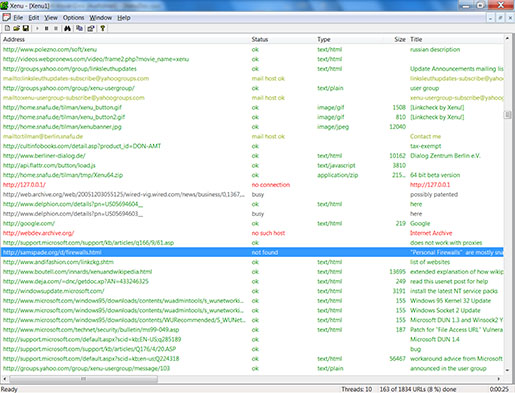
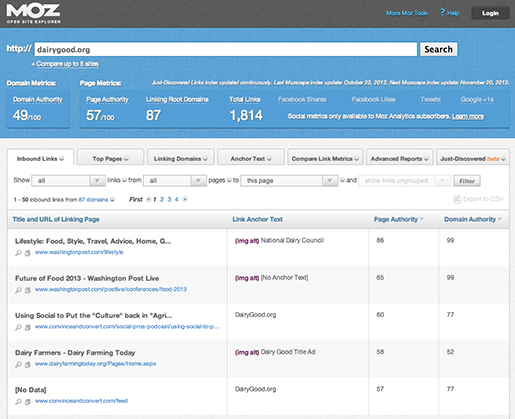
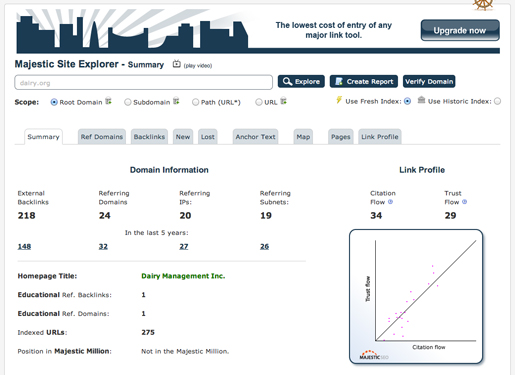
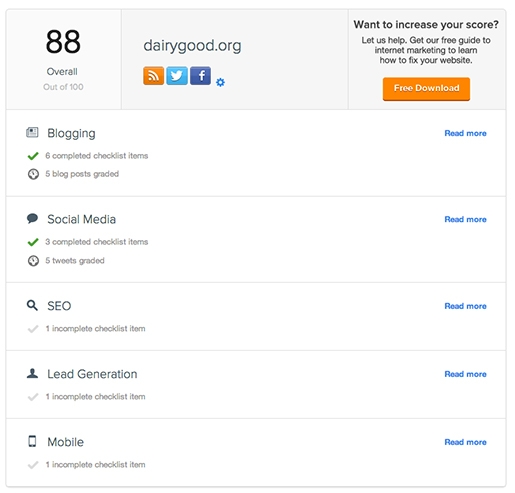

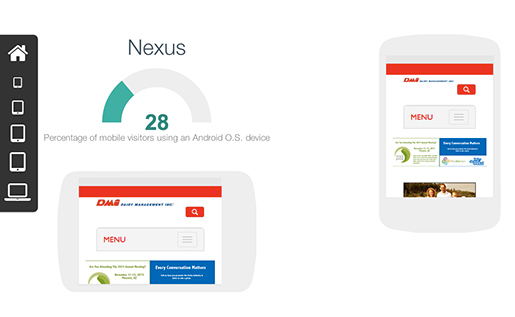
Leave a Reply